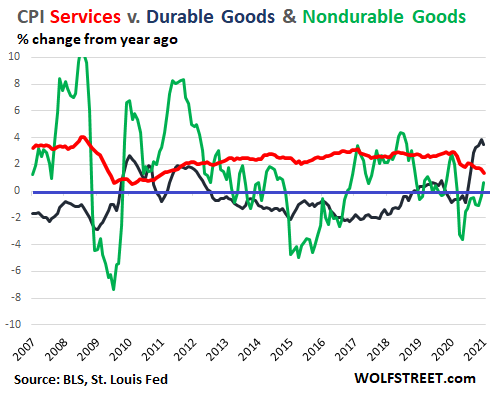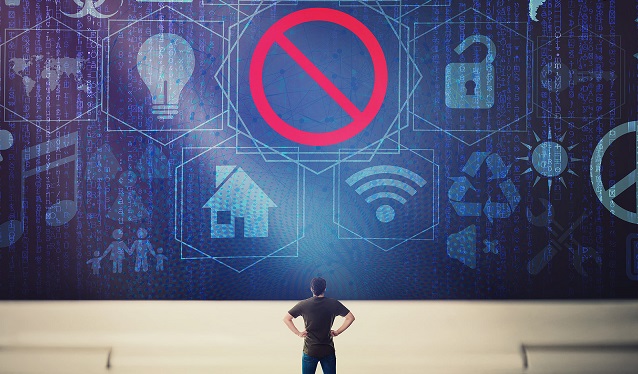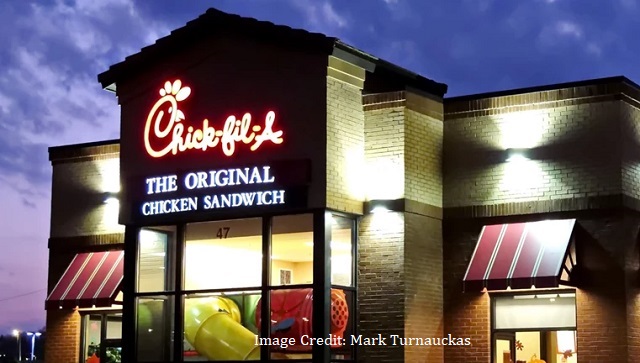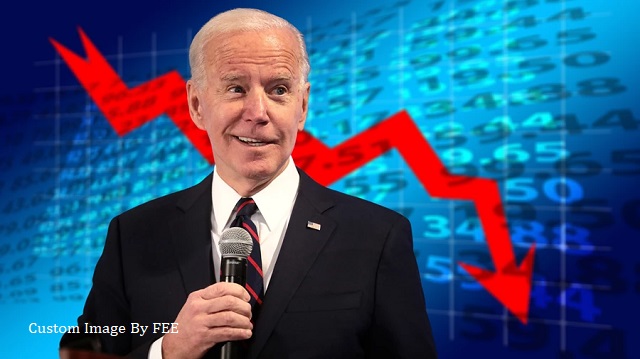Are We in a Bubble?
All this money printing threatens to eventually create a sugar high in equities. We aren’t there yet, but markets are floating on a sea of new money. In fact, it’s more like a tsunami! Inflation hedges (real estate, commodities, materials companies) will do well. Traditional fixed income (long-term bonds) is at risk. The return of inflation because of misguided policy choices is a very real threat to the long-term health of the US economy.
Brian S. Wesbury – Chief Economist, First Trust
There are increasing concerns that a number of financial markets are entering what some are calling a financial bubble. But a bubble itself has a number of developmental phases before it bursts either of its own accord or is pricked by some outside event. Knowing exactly where you are in such a cycle is difficult to know.

Some are even starting to call the current situation, the “everything bubble.” This is because multiple markets are beginning to display bubble-like characteristics in roughly the same time frame. This includes stocks, bonds, housing (homes and apartments not commercial), cryptocurrencies, and some select commodities.
To shed some light on this subject, we review a recent book on the subject: Boom and Bust, A Global History of Financial Bubbles by William Quinn and John D. Turner, Cambridge University Press, 2020.
Written by two Professors from the University of Belfast, it won Best Book of the Year from the Financial Times.
The book surveys some of the better known, and some not so well known, financial bubbles from the past in an attempt to develop common elements among them. If these common elements can be isolated, then we might be able to identify when a bubble is in progress.
Sadly, most bubbles tend to be identified after the fact, far too late to help those unfortunate individuals caught up in them.
It is also true that both financial journalists and investors throw the term “bubble” around without much precision.
Is a bubble simply an asset class that appreciates rapidly, extends far beyond its underlying fundamentals, and then comes crashing down?
Why are some bubbles isolated and others not? Why do some bubbles do little harm to the economy when they burst, while others create such economic trauma the whole economy goes into recession or depression? Why are some bubbles localized, while others can become international and actually damage the world economy? Why do some bubbles do so much damage that political and social disintegration occurs, leading to revolution?
These are all good questions, and after reading the book the reader walks away with at least some partial answers.
The authors start with the framework that, we should view things as arson investigators do when engaged in their work. What does it take for a fire to start and run out of control? It takes oxygen, fuel, and a heat source or spark. If one of the elements is missing, you can’t really have a fire. And if you have a fire, the removal of one side of the triangle stops the fire.
Likewise, to have a financial bubble, you need three sides of a triangle of excessive money and credit creation, widespread speculation, and increased marketability. And, like a fire, the best way to stop a bubble, is to remove one or more of the triangle sides from the equation.
Historically, they note that the worst bubbles, the ones that really do severe economic, social and political damage are usually started by the government. This is often because the government has excessive debt and is trying to find ways of dealing with that heavy burden.
Some bubbles have to do with new technology that is emerging, which destabilizes things for a while but usually does not cause more than localized harm. That actually can be helpful.
Sometimes, technological revolutions are mixed up with government caused bubbles, and both destabilizing factors are taking place at the same time.
Getting back to the bubble triangle, the fuel for a bubble is money and credit. This is usually where the government plays a leading role. This is often caused by excessive government debt, loose regulation of the banking system, excessive money creation, and ultra-low interest rates. All of these factors spread credit abuse throughout the system with both the public and private sectors overindulging in credit.
In financial terms, it allows the use of excessive leverage or the use of small amounts of money down and the rest borrowed. This allows small amounts of money to control much more in the way of investments, which is of great benefit on the way up and a recipe for disaster on the way down.
The current era would certainly seem to qualify in terms of this side of the triangle. Never in the history of financial markets have we had interest rates so low, for so long.
The next side of the triangle is marketability. This is basically the ease of finding a buyer and a seller and having an organized market with prices and financial vehicles that allow for widespread public participation. For example, Beanie Babies may have been a mania, but there was no organized market between buyers and sellers. You could buy, but not really sell.
Financial innovation in new financial products is usually observed in a bubble that allows vast new numbers of people to participate in highly liquid markets. Recent inventions of stock futures, futures on individual stocks, exchange-traded funds (ETFs), reverse ETFs, leveraged ETFs, mortgaged back securities that could be sliced and diced into small pieces and sold all over the world, options, to today’s SPACs or Special Purpose Acquisition Companies all would qualify as financial innovation that permitted increased marketability.
The current era would certainly seem to qualify as we have multiple new concepts and vehicles in addition to the entrance of new inexperienced traders using no commission platforms like Robinhood. There is no filter between the keyboard and trading execution, and the whole world is wired together jabbering about investments.
The final leg of the triangle that must be present is speculation.
In a sense, all investments are speculative because the outcome is not perfectly known. But speculation in the sense they use the word is the purchase of sale of investments primarily not to hold for a stream of income but to quickly sell for a capital gain. What is important is attractive price momentum, the underlying value of the company or the commodity is of little import. What is important is that the thing has momentum, you can jump on, and quickly jump off, making quick easy money. It is not investing really, but closer to gambling.
Thinking shifts from being a shareholder who intends to own a company for a number of years, to a trader chasing price movement.
In the speculative phase, they note “large numbers of novices become speculators, many of whom trade purely on momentum.”
The migration of novices usually is triggered by greed, low-interest rates that create a zeal for any kind of return, and celebrity endorsement where speculative leaders become folk heroes in the financial press.
The press comes in for withering criticism by the authors. One thing that comes through rather loudly, is that fake news is as old as the news business. In addition, you can sell newspapers and advertising air time by growing your audience. You do this by joining in the bubble rather than spreading caution. Financial television, Twitter, Reddit, and message boards are all ways the crowd can organize and move with the synchrony of a school of fish.
The migration of new investors is also intimately connected to the human desire to fit in, to conform. Humans, despite our rational nature, are herd animals. Why do people all wear torn jeans at the same time, pierce their faces, or tattoo their bodies? Why did all hippies look alike, all the while they professed their “individualism”? There are trends in fashion and trends in thinking.
On February 13, 2021 The Wall Street Journal had a fascinating article about the “messiahs of momentum.” These are folks like Mark Cuban, Snoop Dog, Elon Musk, and the like. Value investors like Warren Buffet have gone the way of the dodo bird. What kind of a Twitter following does he have?
But as the saying goes, when everyone is thinking the same thing, no one is thinking. We noted in a previous article, we seem to be reaching a stage in market sentiment, when the dominant view is hyper-bullish. That historically has not been a good sign.
So, it would seem, the speculative leg of the bubble triangle is being satisfied as well. Thus, with all three satisfied, we likely are in a bubble, but it is hard to know how far along we are in the process. Things looked pretty dicey in 1997 when Greenspan made his “irrational exuberance” remarks, yet the party continued for about three more years.
The problem is, big money can be made in the final phases of market mania and money managers can ill afford to underperform, lest they are quickly fired by greedy clients. The whole thing continues to gain momentum and creates self-reinforcing feedback loops.
Moreover, no one knows exactly how extreme things can get. And no one really knows, what possible events could occur which suddenly reveals the rotten underpinnings of a credit bubble.
However, it would appear we have the fuel, loose money and credit, and a government that has gone fiscally insane. We have expanded marketability, with many new products and venues to permit public speculation. And, we have massive speculative participation and an attitude shift by both the general public and institutions.
Timing remains difficult, but at least we can understand the environment in which we are investing.
Usually, a good sign that you are nearing the end is the market adopts a “new era” or “new paradigm” point of view. Old valuation measures are discarded as are standards of financial probity. Financial extremes are rationalized away because “this time it is different.”
Each cycle is different to a degree, and that makes historic comparisons difficult. What the authors have done is establish a framework that seems common to all financial bubbles.
Besides the importance of this discussion to investors, it should also be of importance to policymakers. One of the points the authors make is that financial bubbles are coming much more frequently, roughly every six years. This has never happened before. The US for example, basically went from 1929 to 1973-74, without a financial crisis.
Now they come every six years? Not only that, most recent bubbles were blown by the government, usually to favor certain groups, like the housing crisis, which was a bipartisan effort to expand homeownership to minorities.
Instead of the Keynesian notion of government acting as a counterbalance to the excesses of the private sectors, the private sector and government are co-joined in their own respective excesses. So, where is the counterbalance? In the past, it might have been the “bond vigilantes” or the foreign exchange markets. But today, the government through the Treasury and the FED put such a giant thumb on the scale, these corrective mechanisms seem slow or unable to work.
To this observer, the next financial crisis looks like a big one. The debt situation is extreme in most sectors, it appears international in nature, hostility to capitalism is on the rise and the social and political fabric of the nation is shredding. Such a divided government can prove to be a paralyzed government.
Government tools of liquidity injections and low rates are already being employed just to maintain prosperity and have already reached historic extremes. What happens in the next financial war when the government has already fired all the ammunition? The very policy prescriptions used to mitigate the prior crisis are in fact the cause of the present.
Coming on the heels of the disaster of lockdown and a severely divided nation, faith in institutions and the government are at all-time lows.
This would not be a good time to have a financial crisis.
*****
Neland D. Nobel is Editor-at-Large of The Prickly Pear and retired after 45 years in financial services and financial planning.














